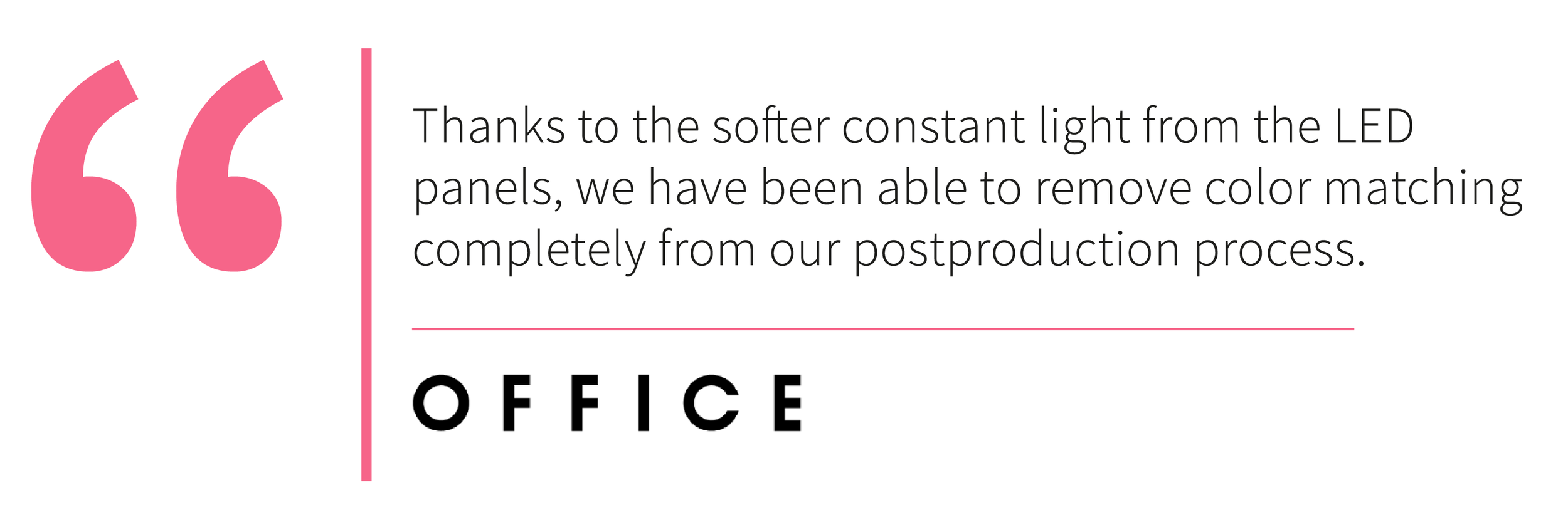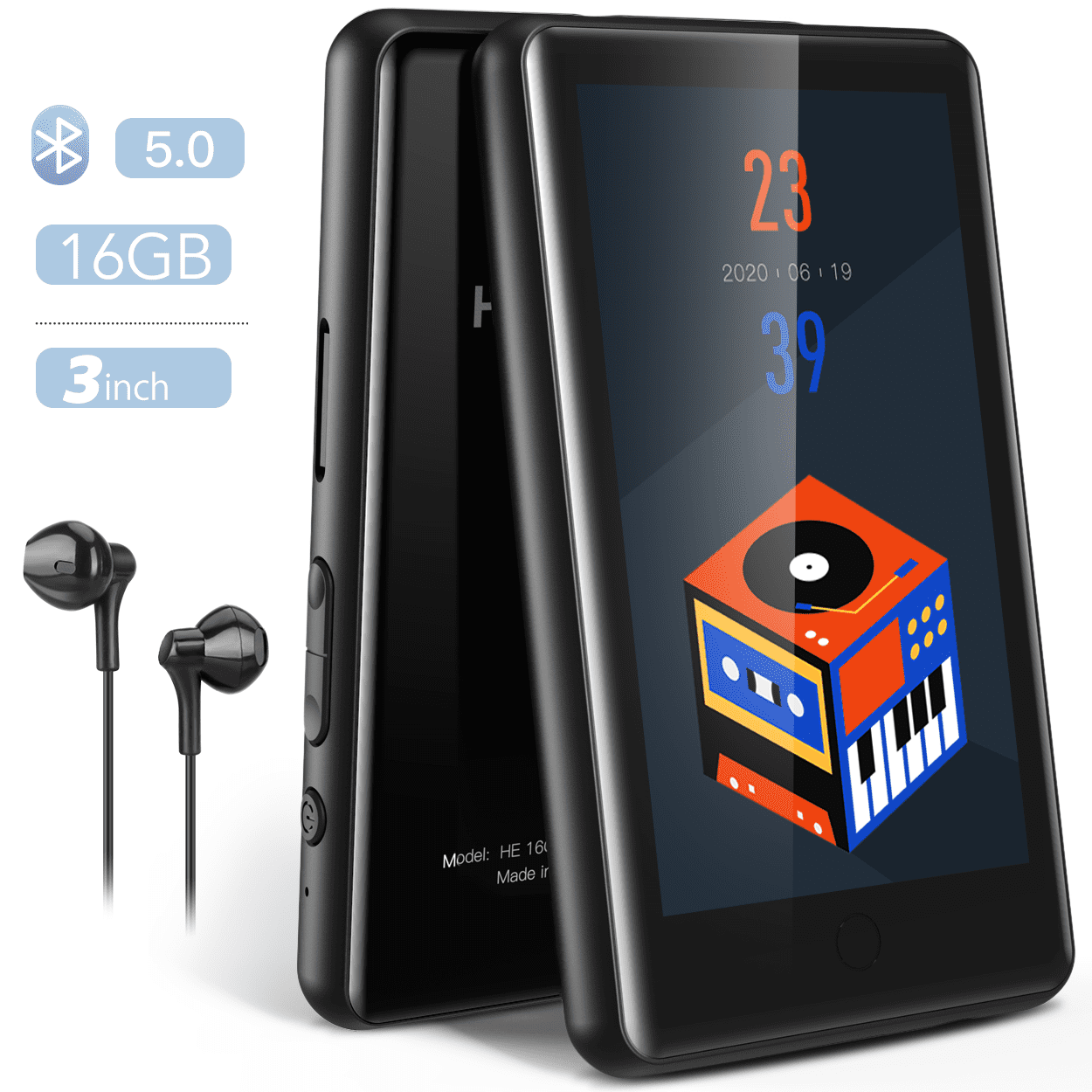

Because most commercial cameras use a three-color (red-green-blue) Bayer filter in front of the sensor, this results in blurry and reddened images.

If you're imaging with a telescope and H-alpha filter or a dedicated H-alpha solar telescope, then the camera sensor will see almost completely monochromatic light at 656.3nm. It may result in better focusing and image contrast of photospheric images like sunspots and faculae. However, if your camera has a black-and-white setting, give it a try. White-light solar images can be taken in the camera's standard color mode. If you are using an H-alpha solar filter or dedicated H-alpha solar telescope, then you can try short exposures to properly image the solar disk and longer exposures to reveal solar prominences, if they are present, along the limb of the Sun. Shorter exposures capture more detail of sunspots and other features on the face of the Sun in white light. Since even the filtered Sun is quite bright, start with something in the range of 1/30s to 1/500s. the lowest f-stop number such as f/2.8 or f/4). You can also switch eyepieces in the telescope to change the magnification and true field of view.Īs for camera settings, use ISO200 or 400 and set the widest possible aperture (ie. With afocal solar imaging, you can adjust the camera's optical or digital zoom to get close-ups of the image produced by the eyepiece. You will surely damage the sensor of your smartphone or camera if it's exposed to unfiltered and highly intense and tightly focused light from a telescope. It's dangerous to handle an unfiltered telescope when pointing it towards the Sun, and you may damage your eyes inadvertently. WARNING: Do not try afocal imaging with a telescope without using a proper solar filter over the objective lens or mirror of the telescope. Because camera shutter times are fairly fast for solar afocal imaging, a tracking mount is not critical. As with any sort of imaging through a telescope, a solid mount helps with getting a sharp image. If possible, use a timer or remote shutter release to take the image with the camera or phone without having to touch it. Heavier point and shoot cameras or DSLRs with a lens can be placed on a camera tripod and moved close to the telescope eyepiece of the telescope. You can hold the camera by hand, but to get the best results, invest in a mechanical holder that secures the smartphone or camera to the focuser of the telescope to keep the camera in place and stationary as the image is taken. To do afocal imaging, you adjust the focuser of your telescope to achieve a good visual solar image in your eyepiece, then simply hold your camera up to the eyepiece, adjust the camera focus to get a sharp image in the viewfinder or on the screen, and take the picture.

So you're not likely to see any solar features such as sunspots using most smartphones and small camera.Īfocal imaging, in which you snap an image of the Sun through the eyepiece of a properly filtered telescope, offers a solution and you can get a reasonably good solar image with this approach with a smartphone, small camera, or even a DSLR. However, using only a solar filter and camera results in a very small image of the Sun's disk, even with zoom lenses of 200mm to 300mm focal length (35mm equivalent). You can manually hold these simple filters in front of a smartphone or point-and-shoot while imaging. Filters such as solar eclipse cards or eclipse glasses reduce the intensity of the Sun's light by a factor of 100,000 or more, but they still give a sufficiently bright image for the camera's sensor. In this article, you get a few tips and suggestions to get you started imaging the Sun with white-light solar filters and narrow-band solar filters such as H-alpha and Ca-K.ĩ.2 Imaging the Sun with a Smartphone or Point-and-Shoot CameraĪiming an unfiltered camera at the Sun for any length of time may cause damage to the sensor, so it's essential to have a solar filter in front of the camera to completely cover the lens and keep the light to a safe level for the camera sensor and your eye. Eventually, however, there comes a time when you wish to record your observations by capturing images of the Sun. And special events such as planetary transits or total and partial solar eclipses add to the pleasure of amateur solar astronomy. Features like sunspots, solar flares and prominences, faculae and tiny spicules are fascinating to watch. Visual observation of the Sun, whether in white-light or in narrow band like H-alpha, rewards the observer with ever changing and close-up views of a major star in action.


 0 kommentar(er)
0 kommentar(er)
